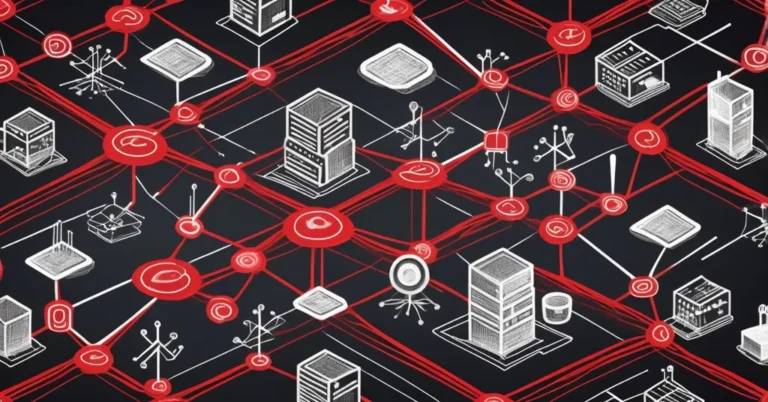Mesh Networks vs. Traditional Routers: Upgrading Your Wi‑Fi for Better Performance
Understanding Your Network Options
Every reliable Wi‑Fi network starts with choosing the right equipment that meets your space and demands. A traditional Wi‑Fi router acts as a single centralized hub, ideal for homes or offices where all devices remain within a compact area. Think of it as a powerful spotlight that illuminates a concentrated space. In contrast, a mesh network uses multiple nodes—imagine several smaller spotlights placed strategically—to cover larger properties or areas with physical obstacles such as thick walls and concrete partitions.
Devices like the TP‑Link AXE5400 and Asus RT‑BE86U serve as excellent examples of traditional routers. They provide robust performance with strong wired Ethernet connections, making them a solid choice for gamers and live streamers who demand low latency and high speed.
Advantages of Traditional Routers
Traditional routers have long been favored for their simplicity and cost‑effectiveness. Their plug‐and‐play setup makes them accessible to many, while their centralized design ensures that heavy bandwidth applications run smoothly in compact environments.
“A single access point is often the most straightforward solution.”
For users with a high‑performance internet service plan, a traditional router can deliver the speed and stability required for demanding tasks. When a wired Ethernet connection is available, the benefits become even more pronounced, particularly in scenarios where latency can make or break performance—like online gaming or live streaming.
Benefits of Mesh Networks
For larger or multi‑story homes, or spaces where obstacles create signal dead zones, a mesh network can be a transformative upgrade. By distributing multiple access points around your property, a mesh system ensures that every corner receives a consistent signal. One of the strongest appeals of these networks is their ability to maintain connectivity even in challenging layouts.
“Mesh network could be a game‑changer, boosting the signal no matter where you are.”
Beyond simply extending coverage, many mesh networks now come equipped with advanced mobile app management. These apps allow users to monitor network usage, reboot nodes, and even control smart home integrations. In today’s environment of remote work and hybrid operations, this kind of smart network management—even when paired with evolving AI agents and digital infrastructure trends—serves as a powerful tool for businesses and households alike.
When to Consider Wi‑Fi Extenders
If you’re only facing minor coverage issues, Wi‑Fi extenders offer an economical alternative to overhauling your entire setup. These devices boost your existing signal in targeted areas, making them a practical solution for overcoming small dead zones without the expense or complexity of a full mesh system.
Before upgrading any hardware, however, it is essential to review your Internet Service Provider (ISP) package. Even the most advanced network equipment cannot overcome issues stemming from throttled or slow internet plans.
Key Takeaways
-
Should you upgrade to a mesh network?
Mesh networks excel in large spaces or areas with multiple obstacles, providing seamless coverage through decentralized nodes.
-
How do you choose between a full mesh system and Wi‑Fi extenders?
If your coverage issues are limited to a small area, Wi‑Fi extenders offer a cost‑effective fix; for wider, more consistent coverage, a mesh network is ideal.
-
Is a traditional router better for latency‑sensitive tasks?
For tasks like gaming or live streaming, a traditional router paired with a wired Ethernet connection generally provides the necessary speed and stability.
-
Should you check your ISP plan before upgrading?
Absolutely—ensuring that your service plan can support higher speeds is a critical first step before investing in new network hardware.
-
What are the trade‑offs between these systems?
Traditional routers offer simplicity and cost‑efficiency, while mesh networks, despite their higher price, provide extensive coverage and smart network management options.
Looking Ahead
The rapid evolution of network technology—from the early days of simple routers to the modern era of mesh networks—mirrors the broader shifts in digital infrastructure that are impacting both businesses and homes. As remote work, AI automation, and smart home integrations become increasingly commonplace, selecting the right network equipment will play a crucial role in ensuring seamless connectivity and operational efficiency.
By aligning your choice with your specific spatial needs and usage scenarios, you can build an efficient and resilient digital network that supports both current demands and future innovations.
